If you’re ready to up your CX game, stick with me. I’ll break down what a customer experience workshop looks like, why it’s worth the effort, and how to run one for your team, including hands-on customer experience activities.
Table of Contents
What is a customer experience workshop?
A customer experience (CX) workshop is a highly interactive, live, or virtual program that a company runs to boost an organization’s customer experience. These kinds of workshops are focused on optimizing a customer’s experience from their first interaction with your business to post-purchase support.
Considering that companies focusing on CX see up to 3.4 times more returns, it’s a no-brainer for you to keep a pulse on customer needs and rapidly innovate journeys to meet these needs.
To build a great customer experience, all departments must collaborate to understand the whole customer journey better.
Why a Customer Experience Workshop is Important
Customer experience workshops are crucial for different reasons. They provide an environment for everyone to get on the same page to set priorities. In turn, this yields a positive outcome for the customer, the team, and the company.
CX workshops get everyone on the same page.
A CX workshop puts the participants in the customer’s shoes.
Through the exercises, the team maps out, step by step, what the customer experiences from the brand, including how they feel at specific touchpoints, the value they receive, and so on — which can be very revealing.
It’s an eye-opener. You’ll quickly spot gaps in their experience and, better yet, brainstorm practical solutions as a team.
CX workshops help to set priorities.
Once you see the big picture, it’s easier to focus on what really matters. A workshop helps you zero in on the experiences that make the biggest impact. No more guesswork — just clear priorities that put your customers first.
CX workshops break down silos.
When marketing, sales, support, product, and other teams sit at the same table, something magical happens. Communication improves, and everyone aligns toward the same goal: delivering a seamless customer journey. Silos crumble, collaboration strengthens, and your CX strategy becomes everyone’s responsibility — not just one department’s.
CX workshops help to spot hidden issues.
Sometimes, the biggest problems in your customer’s journey are the ones no one sees. A workshop brings fresh perspectives from across your team, making it easier to uncover those sneaky pain points. With everyone’s insights in one place, you’ll walk away with actionable steps to smooth out friction and elevate the experience.
CX workshops build a customer-first culture.
Dedicating time to a CX workshop sends a powerful message: customers matter. It’s more than a meeting; it’s a mindset shift. These sessions inspire your team to think like your customers, driving long-term changes that make your brand truly customer-centric.
With these advantages in mind, let’s now see how you can create a customer experience for your team.
What You Need to Run a Customer Experience Workshop
Here is everything you need to get your customer experience workshop up and running.
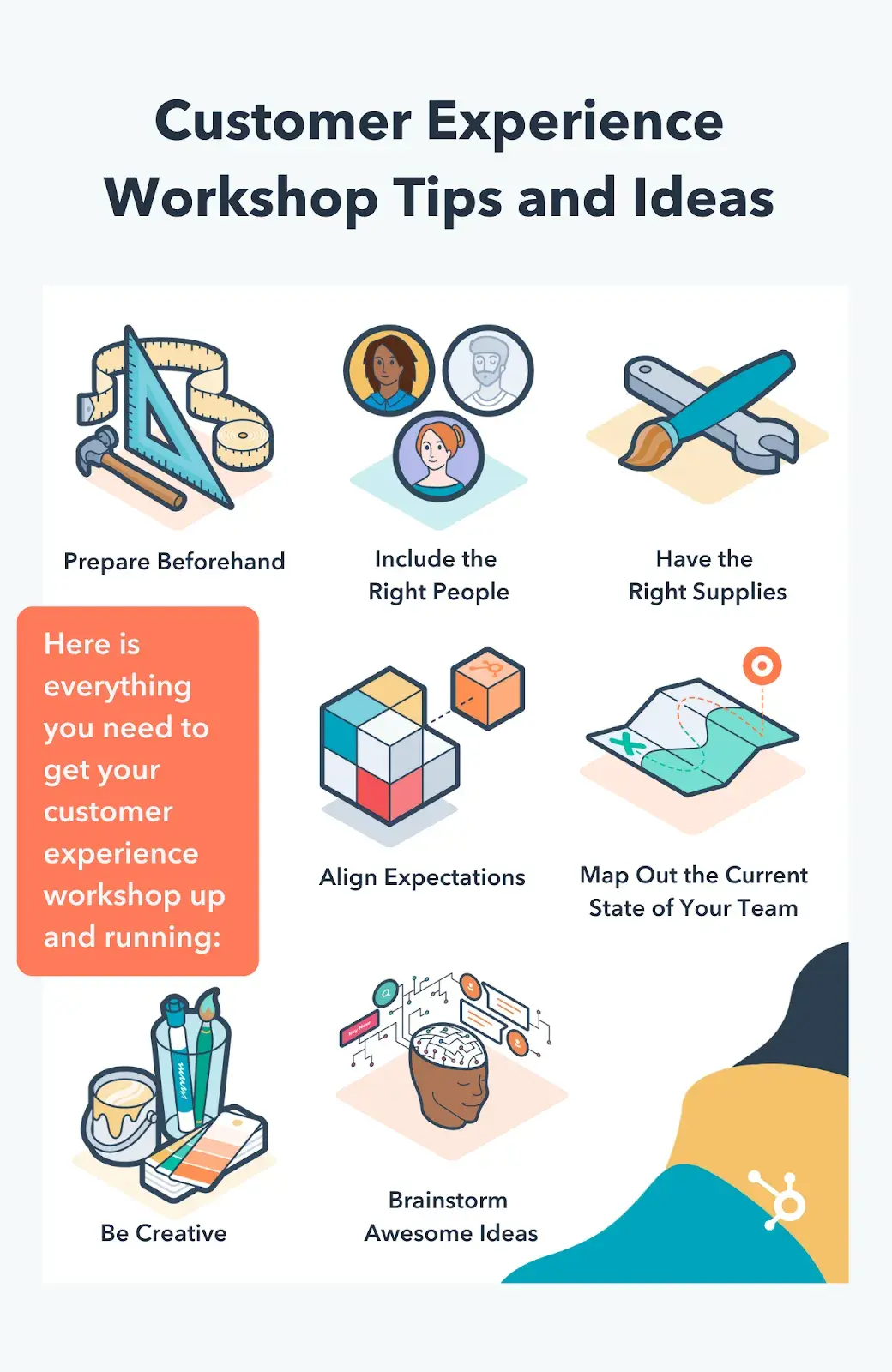
Preparation
“He who fails to plan has planned to fail.” That old saying rings true when creating a customer experience workshop.
To prepare effectively, start by defining clear, SMART objectives (Specific, Measurable, Achievable, Realistic, and Timely). Examples might include:
- Training customer-facing employees to handle complex scenarios.
- Cultivating a “customer-first” mindset across the organization.
Next, focus on logistics:
- Decide on the duration of each session and schedule breaks.
- Assign roles, such as moderators or facilitators.
- Choose a workshop format (in-person, hybrid, or virtual) that works best for your team.
Such organized preparation sets the stage for a productive session.
💡Use Service Analytics in your workshop to spot trends, measure team performance, and identify ways to improve service. Align your team with these insights and create actionable strategies to elevate customer experience.
Workshop Moderator
Every workshop needs a strong moderator to guide the discussion and ensure objectives are met. Moderators should:
- Facilitate group activities.
- Keep the workshop on schedule.
- Ensure everyone feels heard.
Be sure to assign experienced team members to this role. Additionally, you'll need the right set of participants. You can include anyone who is a part of any touchpoint across the customer journey, such as:
- Representatives from customer-facing teams like sales, marketing, support, and UX.
- Decision-makers or senior leaders who can champion outcomes.
I also recommend including customers or users in the workshops to get firsthand insights on interacting with your brand.
Workshop Supplies
Depending on your workshop format, you’ll need specific supplies to keep things running smoothly.
For in-person workshops, organize:
- Seating and workspaces for small groups.
- Post-its, pens, and flip charts.
- Screens or projectors for visual aids.
- Water, snacks, and sound systems.
For virtual workshops, ensure:
- A reliable video conferencing tool.
- Passwords and access to necessary applications.
- Digital collaboration tools like whiteboards or journey-mapping software.
Alignment of Expectations
Everyone involved should have common goals and outcomes and realize what’s asked of them. Participants can engage deeply when clear about the requirements and expectations.
Before the workshop, share a repository of resources with participants. It should ideally include:
- Customer feedback (e.g., reviews, ratings).
- Case studies or success stories.
- Performance metrics, such as revenue numbers or satisfaction scores.
Icebreakers and Creativity Boosters
Icebreakers make it easier for everyone to participate freely. For example, you can have each team member share a short story about their best or worst customer experience.
I also encourage role-playing scenarios where participants step into a customer’s shoes to promote creative thinking.
How to Run a Customer Experience Workshop
Here's a quick rundown of how you can run a successful customer experience workshop:
1. Define clear objectives and success metrics.
Decide what you want to achieve — and make it specific. For example:
- If your goal is to uncover pain points, your success metric can be to identify the top three issues customers face.
- If you’re brainstorming solutions, create a shortlist of implementable ideas ranked by impact and feasibility.
Before the workshop, share these objectives and metrics with participants. This preps their mindset and avoids meandering discussions. For instance, if “improving post-purchase communication” is the focus, have team members review email sequences, chat logs, or survey feedback related to that phase.
2. Assemble a cross-functional dream team.
Don’t just invite the usual suspects. Your CX is touched by multiple departments, so include:
- A customer service rep to provide firsthand knowledge of recurring issues.
- A marketer to highlight campaign touchpoints.
- A product manager to connect feedback with product iterations.
- Someone from operations who understands backend workflows affecting CX.
Aim for 10-12 participants max, and assign roles to avoid redundancy. For example, designate a facilitator (you or a neutral leader), a note-taker, and a timekeeper. This keeps the session efficient.
3. Start with a quick, interactive icebreaker.
To set the tone, begin with an activity that places participants in the customer’s shoes. For instance, you can:
- Share anonymized customer feedback and ask each attendee to respond as if they were the customer.
- Run a quick empathy exercise, like “What would a first-time user feel at checkout?”
These exercises shift the focus from “us” (the business) to “them” (the customer).
4. Create and analyze a customer journey map.
Use tools like Miro, Lucidchart, or good old sticky notes to map out the customer’s full journey. Divide it into stages, such as:
- Awareness
- Consideration
- Purchase
- Onboarding
- Post-Purchase Engagement
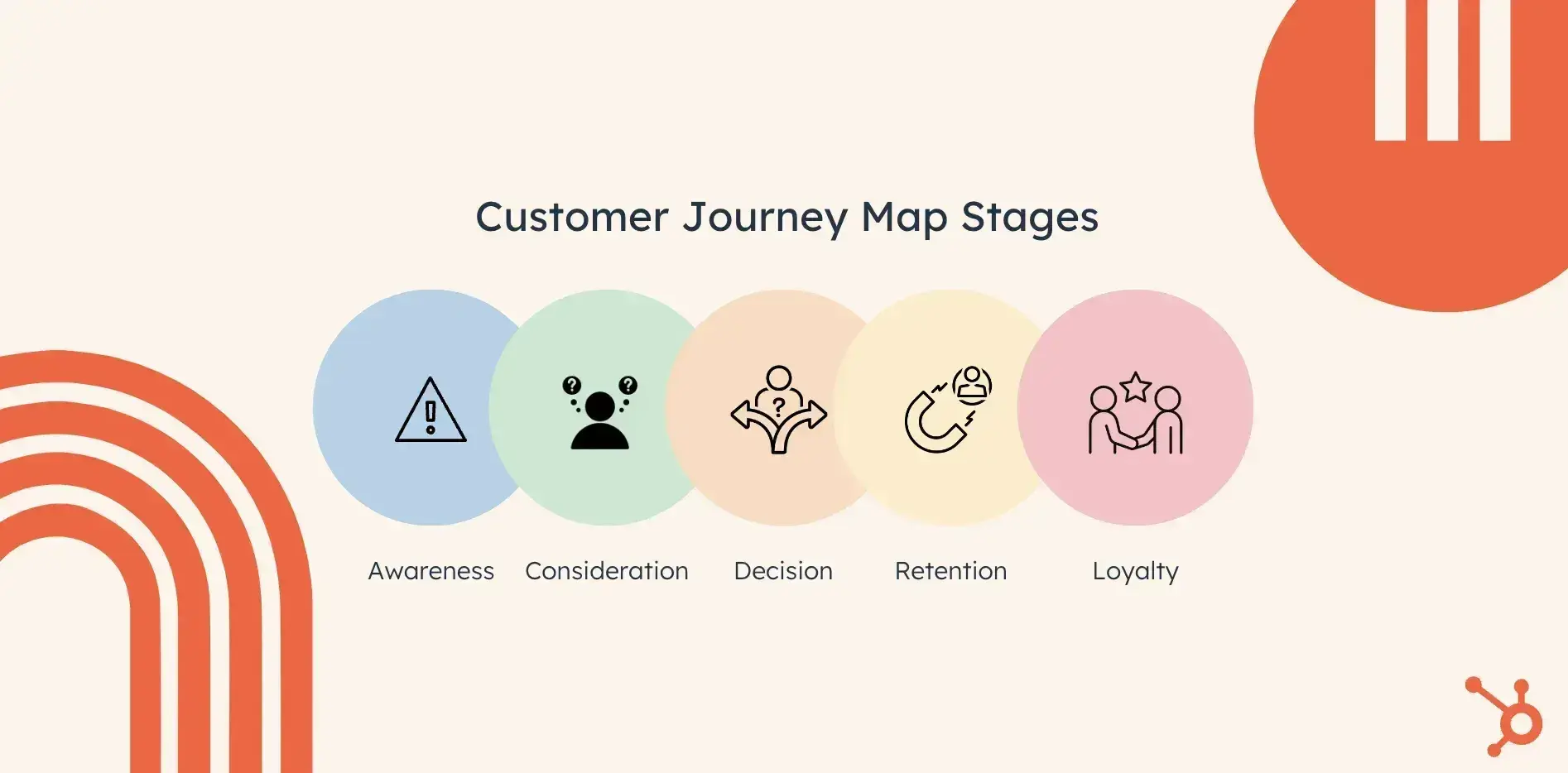
I tend to add detailed examples to each stage, such as:
- Awareness: “Customer clicks an Instagram ad but bounces after 5 seconds.”
- Post-purchase: “Customer receives product but finds the manual confusing.”
Label specific pain points (e.g., high bounce rates) and emotional moments (e.g., “delight” at a surprise thank-you email). Also, encourage each department to share where they excel and where they could improve.
5. Zoom in on pain points and prioritize by impact.
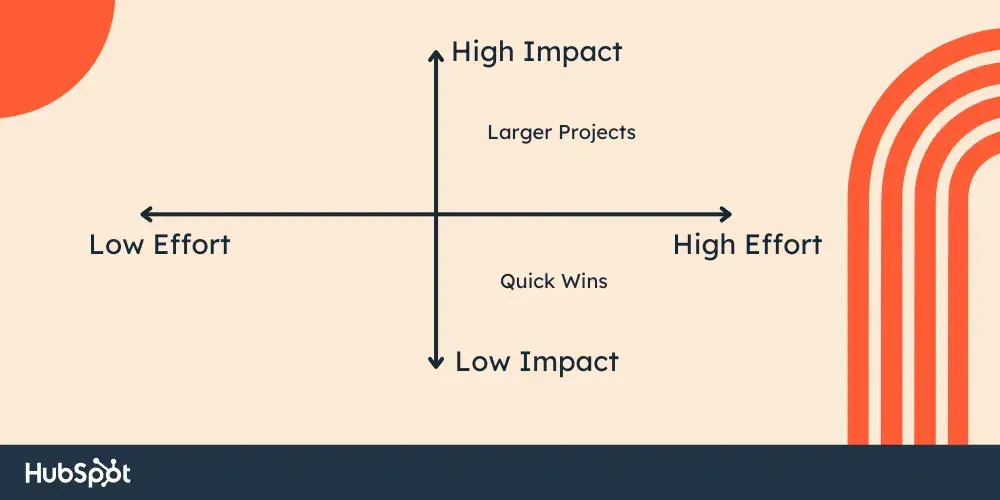
Use a prioritization framework like an Impact vs. Effort matrix:
- High impact, low effort: Quick wins, like simplifying a confusing FAQ page.
- High impact, high effort: Larger projects, such as revamping the onboarding process.
For example, if customers frequently complain about delayed shipping notifications, a quick win could be implementing automated tracking updates.
6. Brainstorm solutions with focused prompts.
Set aside 30-45 minutes for brainstorming solutions. Keep it structured with prompts like:
- “How can we reduce friction at checkout?”
- “What would surprise and delight a loyal customer during renewal?”
A good tip here is to use frameworks like SCAMPER (Substitute, Combine, Adapt, Modify, Put to another use, Eliminate, Reverse) and Six Thinking Hats (exploring ideas from different perspectives).
Encourage creative ideas, but always connect them to customer feedback or journey insights. For instance, if post-purchase engagement is low, consider ideas like sending a video tutorial series after a purchase.
7. Assign ownership and immediate next steps.
No workshop is complete without action. Before wrapping up:
- Assign ownership for each identified action item.
- Use SMART criteria (Specific, Measurable, Achievable, Relevant, Time-bound) for each task. For instance: “Update product pages with comparison charts by the end of Q1 (Owner: Marketing Team).”
- Schedule a follow-up meeting within two weeks to track progress.
Make sure these steps are documented in a tool everyone can access, like Notion, Trello, or Asana.
Here are customer experience workshop ideas you can use for your next customer experience journey mapping workshop. These activities are divided into three main parts:
Customer Experience Workshop Activity Ideas
- Alignment Workshop
- Current-State Mapping
- Brainstorming
Activity 1: Empathy Mapping
Empathy mapping is all about stepping into your customer’s shoes. It helps you see what they think, feel, say, and do — making it easier to align with their needs. Here’s how I make this work:
- Set the stage: Hand out templates with sections labeled “Says,” “Thinks,” “Feels,” and “Does.” Quickly explain how these categories reveal different parts of the customer’s experience and why they matter.
- Introduce personas: Share detailed customer personas so everyone’s on the same page about who you're focusing on.
- Facilitate brainstorming: Pull in insights from feedback, research, or even gut instinct to fill out the map. This often sparks some eye-opening conversations.
- Discuss insights: When the maps are done, review them together. Spot patterns, identify gaps, and decide what to tackle next.
Activity 2: Journey Mapping
Journey mapping gives you the big picture of your customer’s end-to-end experience with your brand. Consequently, you can pinpoint rough spots and hidden opportunities to enhance your customer-facing strategy.
Here’s how to go about this:
- Prepare materials. Provide participants with journey mapping templates and outline real-life customer scenarios to contextualize the exercise.
- Map key touchpoints. Break down the customer’s journey step by step — actions, emotions, and interactions included. This makes it easier to see how everything flows.
- Identify pain points. Use color-coded markers or symbols to flag areas where customers might face difficulties. This visual representation can reveal the biggest trouble spots.
- Discuss opportunities. Brainstorm fixes as a group. Focus on changes that make an immediate difference and set the stage for lasting improvement.
Activity 3: Role-Playing
Role-playing puts your team in the customer’s shoes — literally. It’s a hands-on way to build empathy and improve responses. To start, you should:
- Create scenarios. Base them on real feedback or common issues so they feel authentic. I make sure these scenarios reflect a variety of experiences to ensure broad learning of customer behavior.
- Assign roles. Divide participants into groups and assign roles, such as customer, employee, or observer. Each participant should have a clear understanding of their role’s objectives.
- Act out scenarios. Run the scenarios while observers take notes. The goal isn’t to perform perfectly but to uncover insights.
- Debrief. After the role-playing sessions, I always have a group discussion to talk about what worked, what didn’t, and what you learned. Then, use these takeaways to refine future interactions.
Activity 4: Collaborative Brainstorming
Brainstorming is where creativity meets action. It’s your chance to tackle the most pressing customer challenges with fresh ideas. Here’s how I approach this process:
- Set goals. Be crystal clear about what you want to achieve — solving a specific problem or refining a touchpoint, for example.
- Use creative techniques. Try methods like mind mapping, “How Might We” statements, or even flipping problems upside down to spark new ideas.
- Prioritize solutions. Rank ideas based on feasibility, impact, and alignment with goals. Focus on the ones that pack the biggest punch.
- Develop action plans. Turn top ideas into concrete plans with assigned roles and deadlines to make sure they actually happen.
Activity 5: Feedback Reflection
Feedback reflection is essential for translating customer insights into actionable improvements. This activity ensures your team learns from customer feedback and accordingly applies those lessons.
Follow these steps:
- Review feedback. First things first, share what you’ve learned from interviews, surveys, or observations with the team.
- Identify themes. Group feedback into categories — think: positives, pain points, and surprises. This is the stage where I start paying attention to any emerging patterns.
- Reflect as a group. Talk about how this aligns with or challenges what you thought you knew. Encourage open conversations to dig deeper.
- Document takeaways. Write down lessons learned and turn them into action items. Make sure these insights shape your next steps.
Improving Everyone’s Experience
And there it is — the structure and activities you can tweak to fit your customer experience workshop. With this solid foundation, I’m confident you can create a memorable workshop that makes a difference.
Editor's note: This post was originally published in February 2022 and has been updated for comprehensiveness.
Customer Experience


.webp)
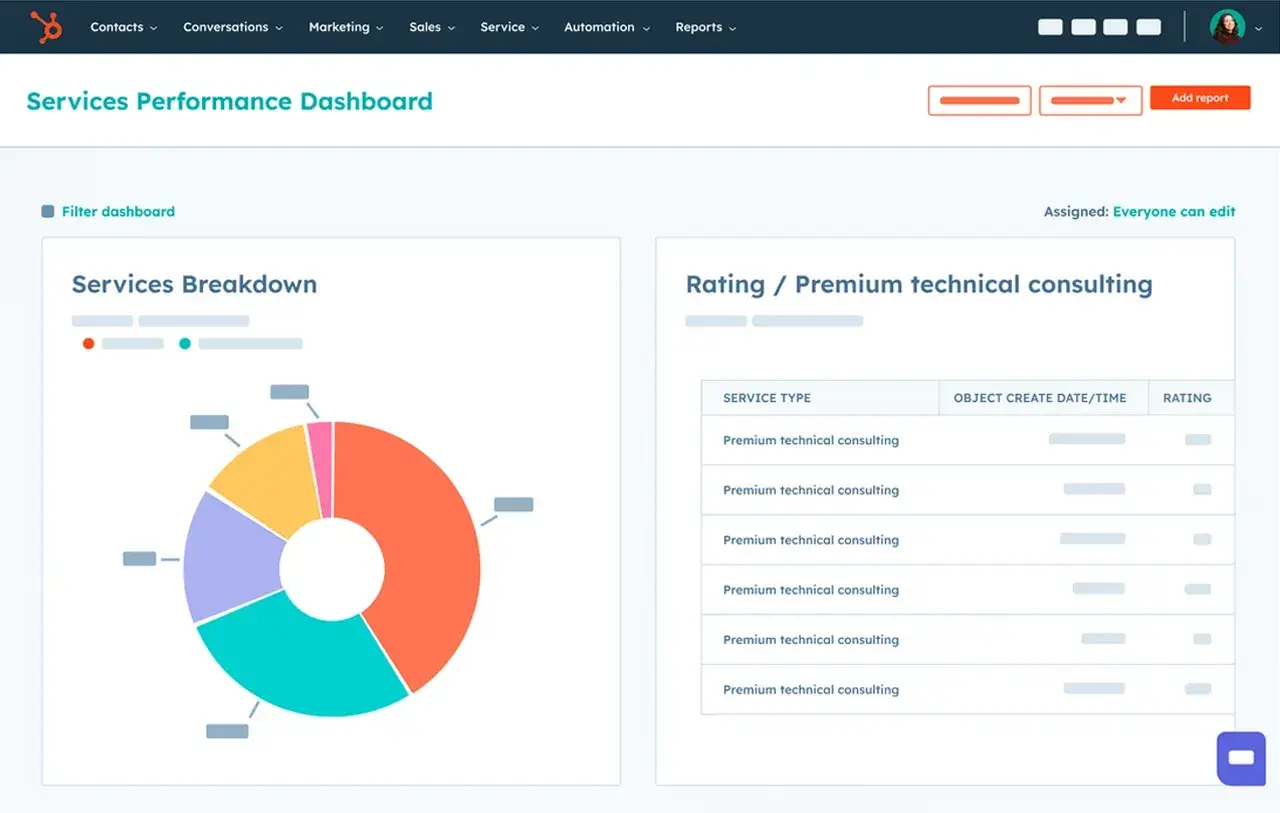


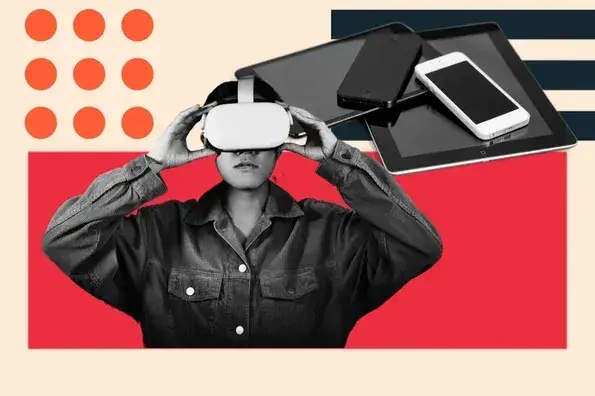
![Is The Customer Always Right? [What It Means + Why It Matters]](https://53.fs1.hubspotusercontent-na1.net/hubfs/53/customer-is-always-right-origin-1-20250202-6448090.webp)





![14 Best Practices for B2B Customer Experience [New Data]](https://53.fs1.hubspotusercontent-na1.net/hubfs/53/b2b-customer-experience_2.webp)